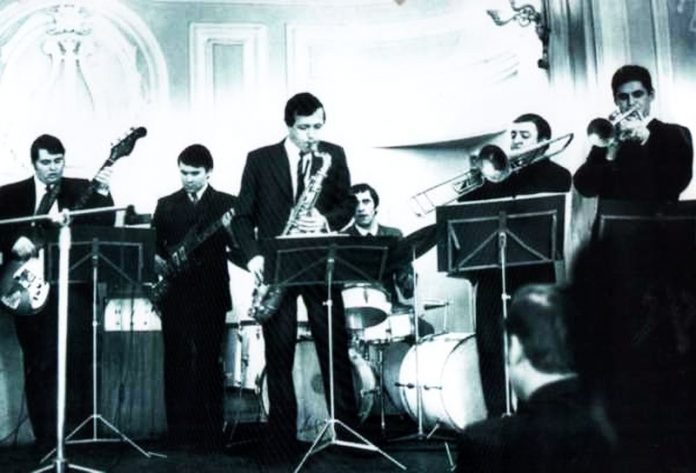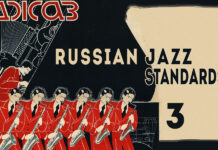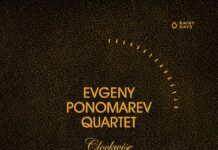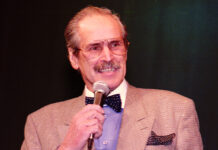by Oleg Stepurko
translated by Diana Kondrashina (see Russian original)
Trumpeter, composer and ex-member of Vitaly Kleynot’s band, first jazz rock band in Russia, Oleg Stepurko is reminiscing about his bandmate, pianist Grigory Shabrov, who passed away after prolonged illness on December 2, 2010.
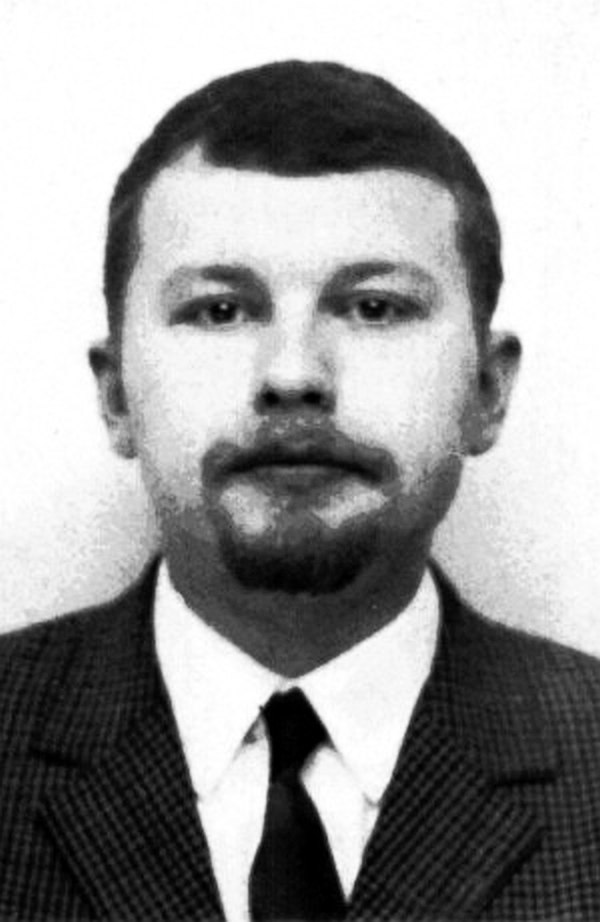
Jazz pianist Grigory Shabrov became known as a member of a sensational jazz rock group led by saxophonist Vitaly Kleynot. In early 1970s, Kleynot’s group played at the Molodyozhnoe, the premiere Moscow jazz cafe to date, and Grigory joined it after serving his mandatory term in the army, replacing Valery Kotelnikov and Viktor Fridman who played in Kleynot’s group alternatively while working as full-time scientists. At that time, Kleynot was to be the first musician in Moscow to start experimenting with jazz rock fusion, and Shabrov’s talent of a composer turned out to be useful for him.
In the 60s, Molodyozhnoye cafe on Gorky Street was the gathering spot for mainstream jazz musicians, but in early 70s, when jazz rock absorbed the interests of Moscow jazzmen, the brand number one was handed over to Vitaly Kleytnot’s jazz rock band. It consisted of seven performers, just like their American model group, Chicago: wind section (trumpet, saxophone, trombone) and rhythm section — organ, guitar, bass guitar and drums.
Their first performance on Moscow jazz festival at Udarnik cinema theater was a huge success.
Jazz rock as a genre was such a revolution that it completely changed the idioms of jazz — the swing, harmony, and melody. It changed the repertoire as well, from mainstream jazz evergreen standards to originals, and no one in the Soviet Union was ready for this change. The author of Kleynot’s band music was at first the bassist, Ivan Vasenin (who in 1977 died tragically in the Hotel Rossiya fire), who later was replaced as the group’s composer by bassist Leonid Plavinskiy, pianist Shabrov and trombonist Isaya Kofman.
It was Shabrov’s song that provoked a scandalous riot during an audition at MOMA (organization that unionized and ‘ideologically controlled’ all club and restaurant music performers — Moscow Association of Music Ensembles). Kleynot decided to play «The Song of Joy,» by Grigory Shabrov, which had a similar structure to Chicago’s pieces — an introduction followed by a jazz ballad and a jazz waltz closing with funk blues. Shabrov had written a fantastic music piece which was melodically strong and had beautiful harmonic changes. Moreover, it also included a lot of live orchestral inserts, when during the rehearsal musicians randomly changed the harmony, stretched or shortened some parts of even didn’t play them at all. Then came Vitaly’s sax solo as a conclusion — it launched as a rocket and floated in the outer spaces. One riff was repeated in the coda, on which the trombone was playing fills in an incredibly high register, and drums infused with virtuosic breaks. Like in The Beatles’ «Hey Jude,» coda in «The Song of Joy» rose repetitiously higher and higher, like an ocean wave, reaching the ninth-wave peak, and crashed into the listeners with emotions and musical energy.
Oleg Stepurko remembers that when the sound of the last note vanished, something extraordinary happened — the audience arose in a standing ovation, and the cheering, whistling, applauding lasted unbelievably long — 40 minutes!
There were three other bands scheduled for audition after Kleynot’s band, recalls Oleg, and the committee asked the audience to calm down so that they could move on, but there was no question of that! The crowd (which largely consisted of Muscovite musicians) was chanting violently — «Bravo!» The committee members lost their temper calling them to order. Finally they decided to postpone the audition till the next day and left, but it stopped no one — everyone was screaming with frenzy.
In Stepurko’s opinion, it’s reasonable to suggest that the musicians not only welcomed the music but strove to show rejection of totalitarian system this way — the system that oppressed jazz as a mean of free self-expression. However, this happened only once in Moscow’s jazz history.
The same furore stirred up in Yaroslavl (standing ovation for 20 minutes) and on Kaunas Jazz Festival in Lithuania (then one of the Soviet republics) — the entire stadium rushed to the stage and started to jump and throw their belongings in the air — caps, jackets… The musicians were afraid that the crowd would tear them apart.
Trumpeter Andrey Tovmasian, who later joined to Kleynot’s band to replace Oleg Stepurko, described Grigory as an ‘impeccable jazz pianist with a wonderful feeling of harmony’. «The soloist always feels comfortable with Grisha, who always knows how to follow him in accompaniment and what to press on the keyboard,» wrote Tovmasyan in his yet-to-be-published memoirs.
Shabrov was fearless in composition, remembers Oleg Stepurko, inventing new harmonies, keys and intonations in jazz. Musicians would never get used to his Ballad in A major, for it’s a key more typical for rock rather than jazz.
After Kleynot’s group broke up, Shabrov, recommended by Tovmasian, joined the oldest Soviet jazz big band, the Oleg Lundstrem Orchestra. He used to play in various jazz bands as well, but soon the disease made him unable to play music. During almost 20 years he didn’t perform at all. This is why his name is practically unknown to the younger generation of Russian jazzmen.
Grigory Shabrov was one one of the jazz heroes who stood for jazz at those stern times when jazz was prohibited, and handed on the torch to the new generation.
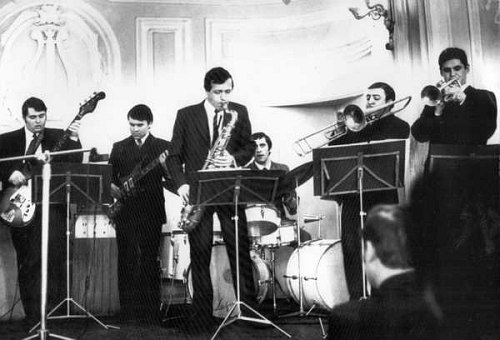
Audio: Vitaly Kleynot Band «The Song of Joy» (by Grigory Shabrov)
mp3 128 kbps, 13 Mb
Recorded by Soviet State Radio, 1972. Produced by Arkady Petrov. Performers: Vitaly Kleynot (tenor saxophone), Isaya Kofman (valve trombone), Oleg Stepurko (trumpet), Grigory Shabrov (piano, organ), Victor Matsuyev (guitar), Leonid Plavinsky (bass guitar), Mikhail Branzburg (drums)
This recording was saved by a miracle and is part of the collection of the first soviet jazz radio announcer, Arkady Petrov. Arkady hosted «Radioclub Metronome,» a program on the waves of the Soviet State Radio, and had a chance to record the best Soviet jazz bands from mid-60s to early 70s. Moreover, when in 1973 the program was closed by the new, more reactionary chief of the Soviet radio, Petrov managed to do the impossible — he snatched the precious archive tapes from the Radio Center building, and donated them to the archives of the Gnessins State Music College. Arkady Petrov passed away in 2007, but the tapes were saved, this time from the decay and destruction: on the initiative of Oleg Stepurko who taught jazz trumpet at the College, the College president, Irina Kazunina, sponsored the digitalization and mastering of the recordings, which was timely done by college studio’s sound director, Yan Alikian.

